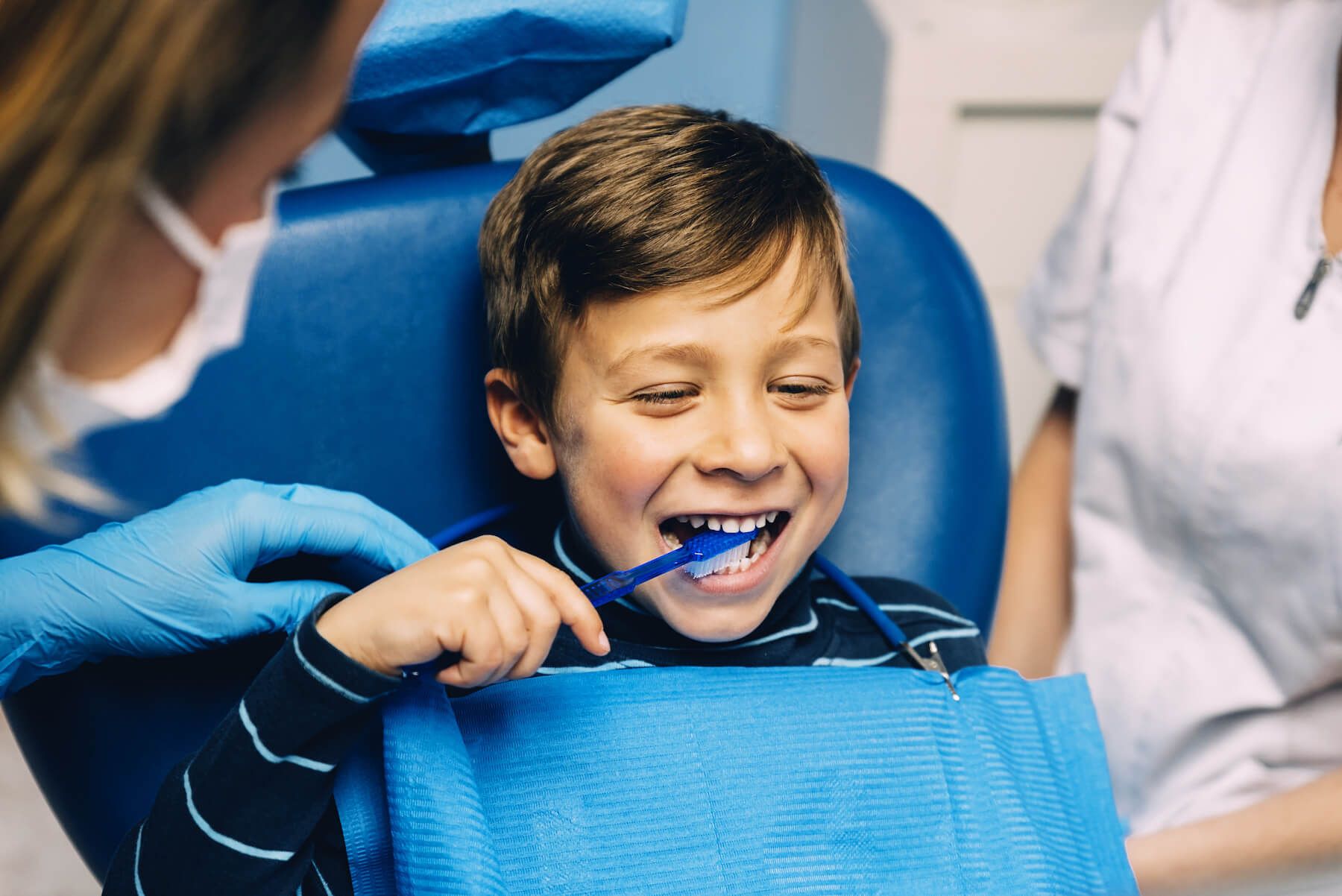Connective Tissue Grafts in Maple Ridge
By: Dr. Jim Lai and Dr. Romanita Ghilzon
When a patient develops recession of the gums, it is important to have it examined by a dentist in order for her or him to determine the best treatment options to correct this problem and/or to prevent further recession.
The first step in planning the treatment of recessions is to determine their causes. There are several causes of recession, such as excessive tooth brushing, inflammation due to plaque, periodontitis and even orthodontic movement. If the cause of recession can be eliminated, it may be possible to avoid other treatment. If it cannot be eliminated, the condition may require surgical intervention.
There are different root coverage procedures that can be used in the treatment of recession. One such technique is the placement of a connective tissue graft. In this technique, a section of tissue taken from the palate, which is the roof of the mouth, is used to cover the exposed root where the recession has occurred.
For this surgery, the first step is to administer adequate local anaesthesia to the surgical sites, ensuring that the tissues are numb. Then the dentist will remove any caries or restorations that may be the cause of the recession. The dentist will prepare the area where the recession has occurred in order to make room for the graft tissue by cleaning the tooth and area of root recession. The graft must be placed on a smooth and plaque-free root surface.
The next step is to harvest the connective tissue from the donor site. A 1-1.5mm thick section of tissue is carefully dissected from an ideal location. The dentist will then obtain hemostasis of the palate through the use of various materials and/ or by suturing the site. For increased comfort, the dentist may cover the graft donor site with a dressing while it heals. The tissue harvested from the palate is then immediately placed at the recipient site, and secured in the proper position with sutures.
The patient will be instructed to see the dentist for a post-operative appointment, no later than 2 weeks after the surgery. At that appointment, the doctor will check the healing and remove any remaining sutures.
It is recommended that the patient avoid brushing and flossing around the surgical site for the first two weeks after the surgery, and that he or she rinse gently with 0.12% chlorhexidine gluconate twice a day for 1-2 minutes. A soft diet is recommended for the first 2-3 weeks following the surgery.
It may also be recommended that the patient visit the dentist every two weeks for professional cleaning until healing is complete and he or she is able to resume good home care of the surgically treated area.



